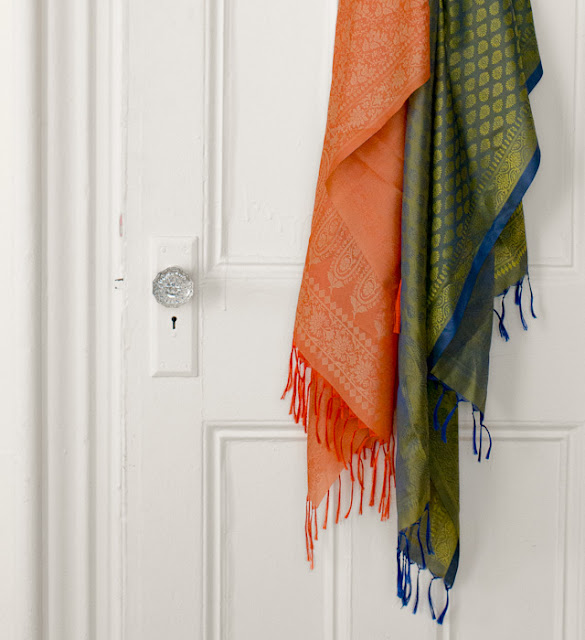This post is a milestone for Rang Decor as it features first of the many global design inspirations that will be posted here in time to come. Global design that traces it's route along the Silk Road.
Saadia Nasir Ricart of Asran wrote to me months back while I was in Bangalore introducing me to her new project. A venture in which she curates unique handmade items sourced from regions along the Silk Road on her online store.
What is the Silk Road?
The Silk Road spanned 7000 miles, weaving its way through China, Central Asia, Northern India, and the Roman Empires. It connected the Yellow River to the Mediterranean Sea, along with all the trade, religions and philosophies on the way. Many of the regions today that were a part of this ancient trade route still use the same methods to create the things that were sold hundreds of years ago.
Saadia states being half Pakistani and half Japanese, and her parents being antique rug dealers for over 30 years, created a strong intrigue and love for the Silk Road cultures.
Asran has a beautiful collection of Kilims from Turkey and Central Asia.
What are Kilims?
Saadia explains on her blog, "Kilims use several flat weaving techniques, kind of like knitting, but bigger and thicker weaves. Rugs on the other hand are made by individual knots knotted tightly together by pressing the weft against each other.
Both techniques are extremely time consuming and require meticulous attention but that makes the final product all the more amazing!"
Kilims are mostly handmade in Persia, Balkans, Eastern Europe and Turkey.
They use many geometrical patterns in the weaves and each symbol has a certain significance. Some Kilims are used as prayer rugs as well.
At Asran you will find some very interesting handcrafted decor accessories like this Camel Bone Powder Box from Lucknow, India.
Silk Scarves and Pashmina Shawls as well...
"Originally inspired by Chinese pottery, Imperial ware, also known as Iznik, was so exquisite that European collectors in the mid 19th century thought it came from Persia. Though in the early 1900's scholars discovered that they were from the Ottoman empire and thus concluded that these Iznik ceramics were Turkish". explains Saadia.
 Saadia with her mother in Agra.
Saadia with her mother in Agra.So do drop by at Asran and check out the lovely handcrafted pieces from the Silk Road.
(Images from Asran Decor and Asran Blog)











0 comments:
Post a Comment